Creative
Opportunities for Storytellers:
Storytellers are tasked with making the Balloon, Rabbit Hole and the
Very Deep Pit using only their arms and bodies. This can be a
challenge and it can also be the most fun of all. Send the
Storytellers who will perform these things over to a corner to work
it out when you are rehearsing these parts and see what they come up
with. You can refine their ideas so that the physical representation
is understandable to the audience.
"This
play has been written especially for you and your students."
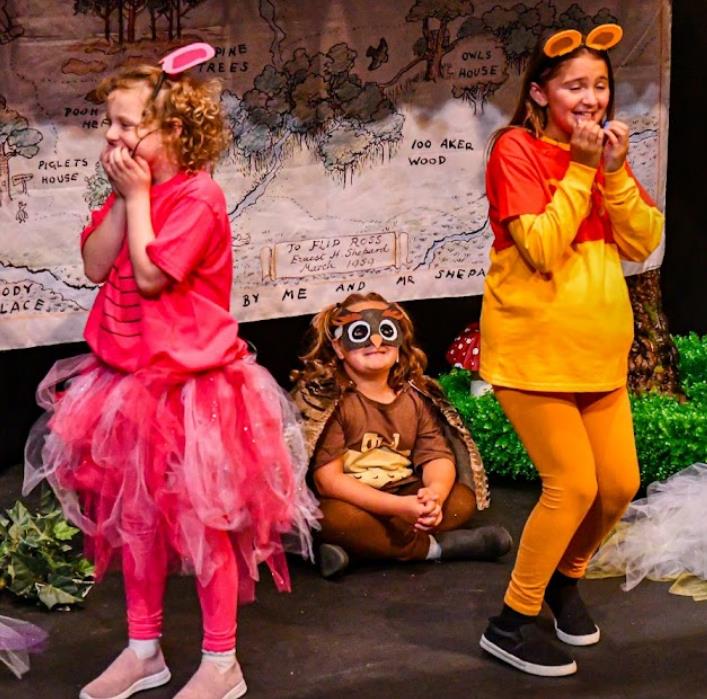
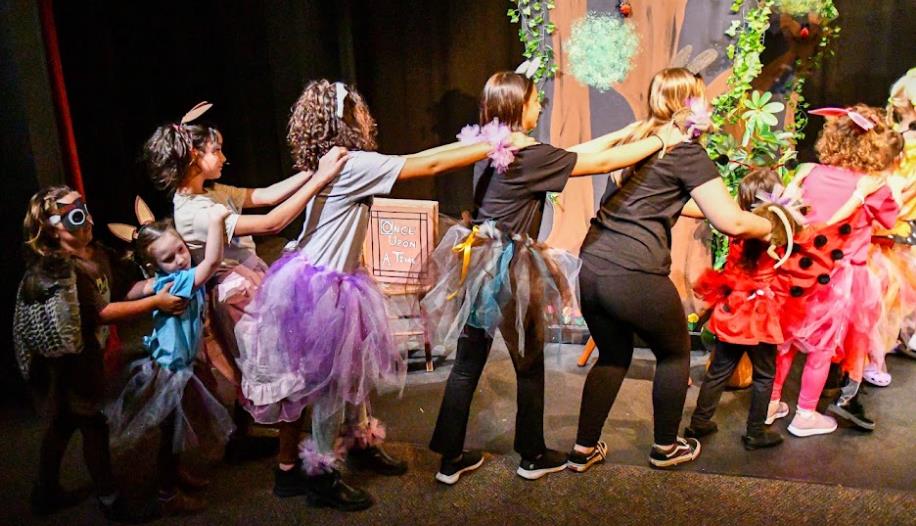
ArtReach's Winnie-the-Pooh
- Smithfield Little Theatre, Smithfield VA
Scenery
Suggestions: This
script suggests a very minimal approach to storytelling. When the
audience enters, they should see only the furniture and props that
will soon come to life as the Storytellers present the tale. So, you
will need some stools of various heights, a ladder, some cubes or
benches that can be easily moved, and a hat rack and/or a prop
box. The backdrop will be the wonderful map of the "100
Aker Wood" that appears in the front pages of Milne's
book. (See diagram in Teachers Guide)
You
can either put the map up during the performance as the script
suggests or have it hung already (just have the characters refer to
it). You will need an easel and the signs that introduce the stories
(if the signs are too much to do, you may have a Storyteller simply
say the name of the story). The script suggests some small
free-standing flats with pictures of the setting (such as Rabbit's
House). These can be fun and help with clarification but are not
absolutely necessary.

Cast
the Shy Kids First
ArtReach’s
School Plays Let Your Kids Blossom
Theatre is a fantastic way to
draw kids out of their shells. The written lines give shy kids
something to say without having to worry about the difficulty of
conversation. Without too much effort they are suddenly engaged
with others – speaking, emoting and having fun with new
friends! Almost every one of ArtReach’s School
Plays has roles that require lots of movement and very few or no
lines. Kids who have trouble memorizing facts in class will
love being free to perform without having to remember anything but
the action of their scene!
"A
wonderful moment on stage that child will never forget!"
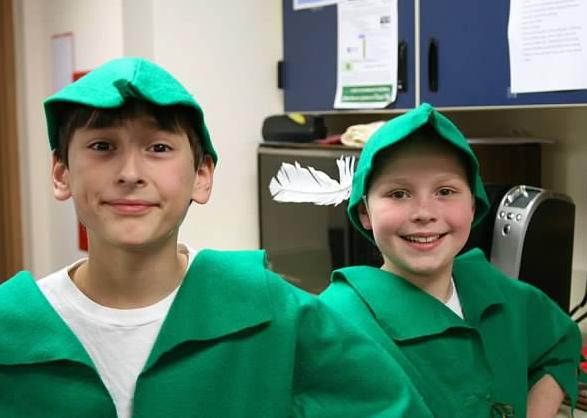
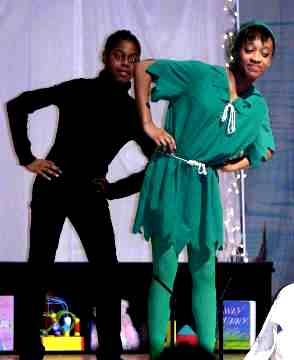
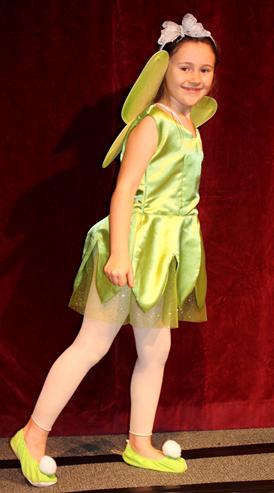
Welsh Hills, Granville OH
Peter Pan - Multiple Peter Pans help each
out! Peter’s Shadow, Tinker Bell
In Peter
Pan, each pirate has a name and personality. The part of
Smee is less famous than Captain Hook but it’s a great
part! Smee has a hilarious scene with Tiger Lily that will draw
belly laughs from the audience. This will be a wonderful moment
on stage that child will never forget! Very shy students or
kids with learning disabilities will blossom in roles written just
for them.
"Bring
out the hidden talents in every child in your cast."
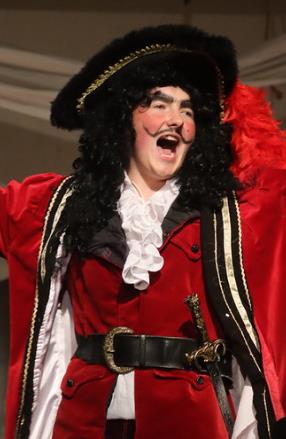
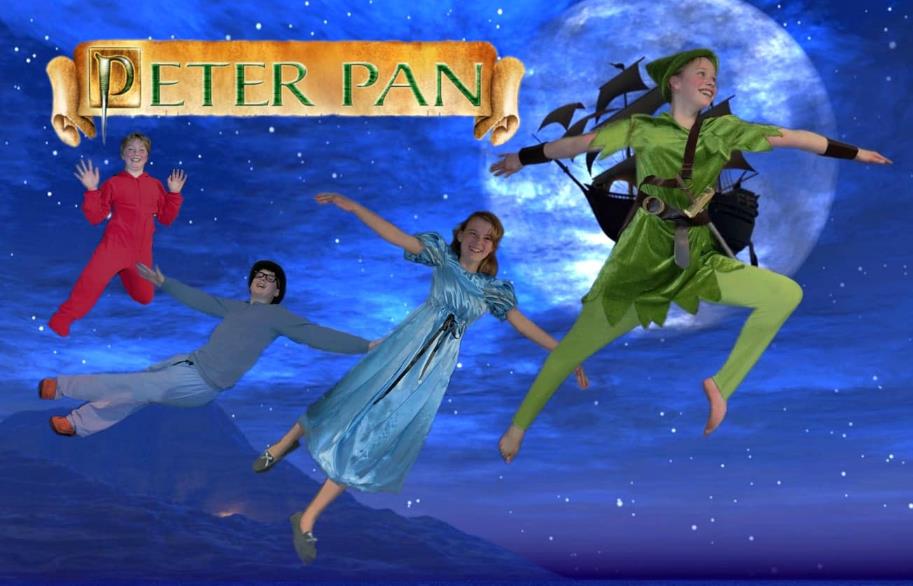
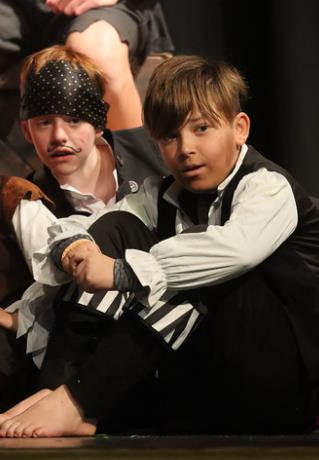
Kirkham Grammar
School, Lancashire UK - Lighthouse Drama Players, Appomattox VA
Tinker Bell, Peter’s
Shadow and, of course, the Crocodile have tremendous fun on stage
without the burden of memorization. And take advantage of the
multi-casting option for the large roles. When five kids play
Peter Pan they will likely become a band of brothers and help each
other along throughout the entire process!
When choosing a play for your
class or group, instead of thinking who will be “best” in a
given role, think of who will get the most out of the
experience. Open up your mind to casting decisions that will
bring out the hidden talents in every child in your cast.
You’ll be surprised how often the least obvious choice is the
very best one!
Oak
Ridge students give 'Wizard of Oz' a Christmas spin
Definitely not
in Kansas anymore
News and
Record: Greensboro, NC
Christmas version of "The
Wizard of Oz"?
More than 1,600 people saw
Dorothy and Toto trying to get back home from the North Pole before
Christmas, snowmen rather than a scarecrow, elves rather than
munchkins and an overpriced stuffed lion at the Oak Ridge Elementary
school's PTA "A
Christmas Wizard of Oz" Dec. 10 and 13.
"We are so blessed to
have the arts represented here at Oak Ridge," said Mari Snipes,
a third-grade teacher. "Our 'little theater group' has made a
direct difference in the children I teach. They are excited to learn
about theater and be involved in the creative side of education."
"They
are excited to learn about the creative side of education."
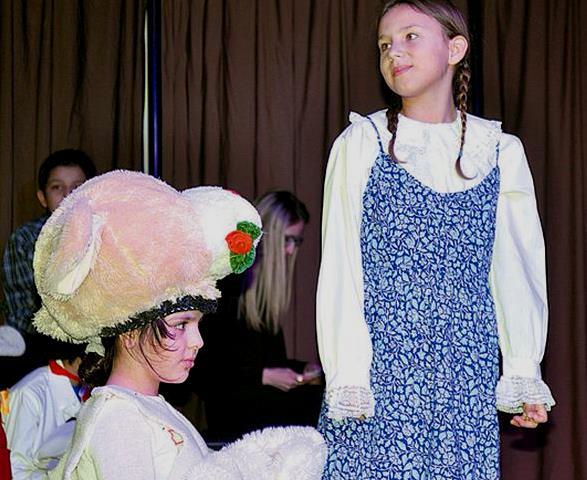
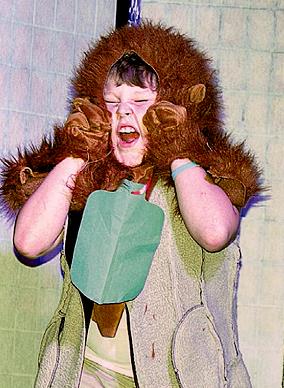
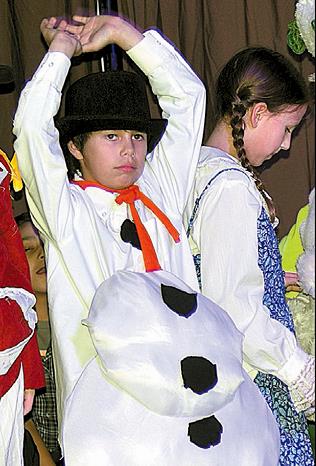
Oak Ridge Elementary School's
PTA "A
Christmas Wizard of Oz"
The play was dedicated to
retiring Principal Ann Kraft.
"In my 10 years as
principal, I have never seen the gym filled with as many people,"
Kraft said. "Each year, these parents and kids outdo the
previous year." Kraft was presented with a poster of pictures
with her posing with the actors, signed by the full cast.
This is the third year the Oak
Ridge Elementary PTA drama club has produced plays with first-
through fifth-grade actors.
"It is hard to believe,
but these productions get better and better every year," said
Debbie Gsell , a fourth-grade teacher. "I loved, loved, loved 'A
Christmas Wizard of Oz,' and my only regret is I did not get to
see it twice."
"I
loved, loved, loved A Christmas Wizard of Oz."
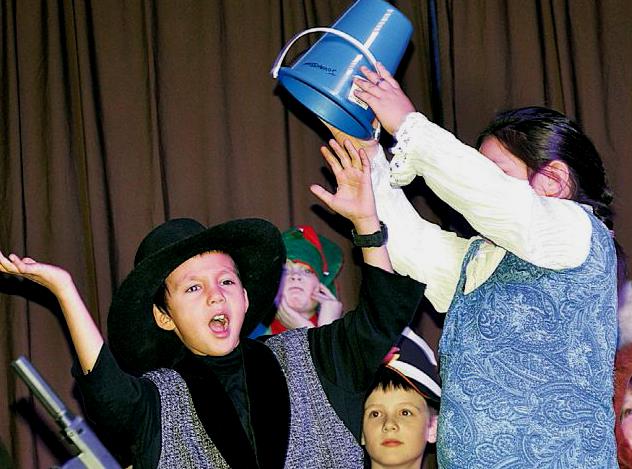

Oak Ridge Elementary School's
PTA "A
Christmas Wizard of Oz"
Led by Maria Keating, drama
director, along with assistant Tracy Bolejack and almost 50 parent
volunteers, this year's production was over the top by any measure.
The club is self-funded and
all volunteers.
"We had 40 actors and 72
chorus members," Keating said. "That is a bit less than 20
percent of the student population at Oak Ridge Elementary."
"I'm so impressed - even
more knowing that some of the quietest and most shy students have
turned out to be some of the best actors in the show," Gsell
said. "I am so glad our students have this opportunity."
Keating said that each year,
the drama club adds something new. This year it was the chorus, so
every child who tried out was offered an acting or choral role.
Missy Malone and Ronnie
Lycan-Coggin led the chorus with four other parents. "A
Christmas Wizard of Oz" was the most visual and musical of plays yet.
"We
had 40 actors and 72 chorus members."
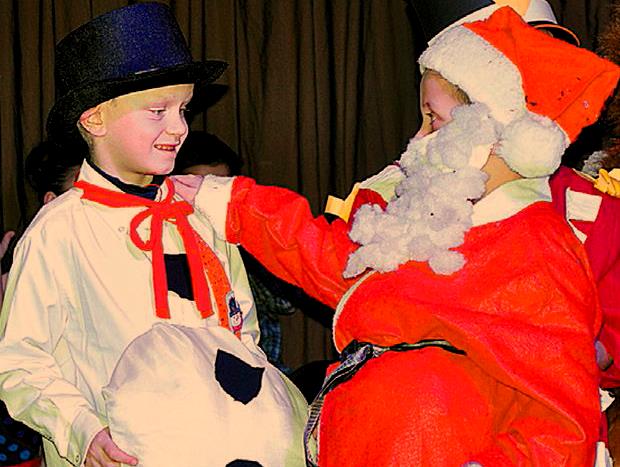

Oak Ridge Elementary School's
PTA "A
Christmas Wizard of Oz"
The set included a handmade
life-size gingerbread house, 9-foot scenes from Elvin Land and the
witches' castle and a 9-by-7-foot green door to Oz.
The set crew was led by a
parent team of Preneet Nag, Jennifer Holmes, Mary Miller and David Bolling.
The parents who started the
drama club at Oak Ridge Elementary are starting one at Northwest
Middle School in the spring through the PTSA. Auditions are in
January, and no experience is required.
Take
a Tip From Andre
The
Possibilities for Alice
in Wonderland are Endless
If you’ve ever seen
the movie “My Dinner with Andre” you know that Alice in
Wonderland has a rich theatrical history. In that movie, Andre
Gregory describes his experimental approach to theatre and talks
about The Manhattan Theatre Project’s production of Alice in
Wonderland. Andre’s much ballyhooed production in the 60s
gave the children’s story a twist for grownups, proving that
theatrical possibilities are limitless.
t’s always fun to dress
up like a character in your favorite movie which is why most schools
use designs they’ve seen on the screen. But a little bit
of imagination can really get kids excited about making their School
Play something unique and special. If you are directing
ArtReach’s Alice
in Wonderland, you might want to mix it up by asking kids for
their own ideas. Discuss and look at pictures of the
traditional designs and then ask them how they might do it
differently. Here’s a unique production of ArtReach’s
medium cast version of Alice
in Wonderland by Trafalgar Middle School in Montreal:
"Theatrical
possibilities are limitless!"
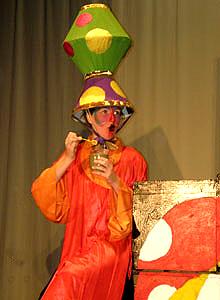
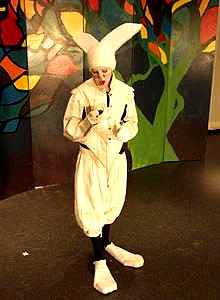
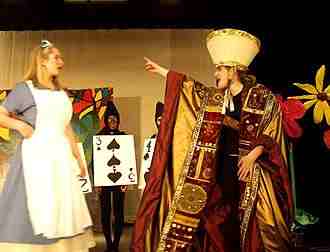
Trafalgar Middle School,
Montreal - ArtReach's
Alice in Wonderland
It makes us smile to see these
pictures because the ideas here are decidedly French! And
here’s a picture from ArtReach’s original professional
production of Alice in Wonderland.
Let your imagination soar and
don’t be afraid to open your mind to new ideas. When you
break with the designs that you have already seen in a movie, you
make your production extra special.
"Let
your imagination soar and open your mind to new ideas."

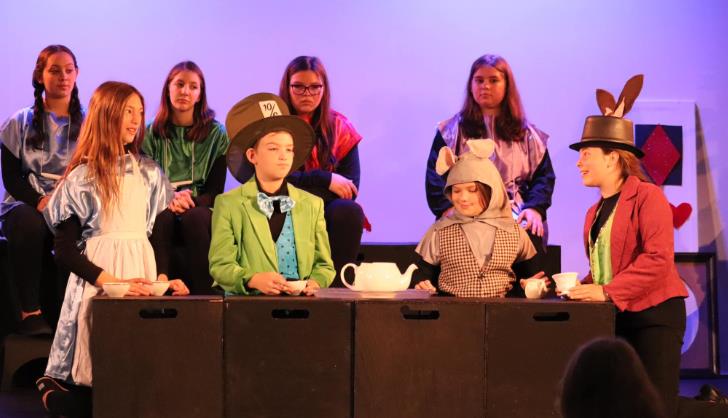
ArtReach's Alice
in Wonderland - Lighthouse Drama Players, Appomattox VA
Alice is in Wonderland after
all, and anything can happen there!
Using
Pop Culture to Kick It Up a Notch
Jazz it Up for
a Cool Show
We like to think of
ArtReach’s School Plays as a solid, well-structured place to
hang your own ideas. Although we embellish familiar stories
with tons of humor and participation, we seldom stray too far from
the original story as you and your kids know it. You won’t
go wrong if you stick to the script. We know some of your
performers may be very young. They have experienced the magic
of the fairy tale quite recently and may still be captivated by the
wonderment of a glass slipper or true love’s kiss. For
them it may be best to present the tale in the time and place that
seems the truest to the story.
"If
you would prefer to jazz it up go right ahead."
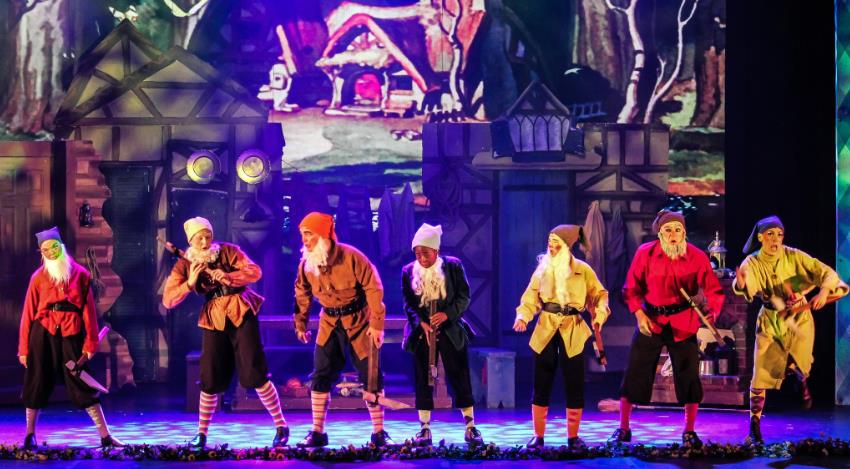
ArtReach's Snow
White - Palace Theatre, Manchester NH
However, if you think your
kids would prefer to jazz it up go right ahead. Add rock songs,
write rhyming raps, dress everyone like the stars of Glee! If
you have a teacher or student who is a great composer, by all means
enlist their talents! We all know the Wizard of Oz spin-offs of
The Wiz and Wicked. Go ahead and use ArtReach’s script as
the first step toward your own Rock Musical! Here are some cool
Dwarfs from Snow White
(Gellett Elementary School, Sarasota, FL) and Cinderella’s Step
Sisters from A
Christmas Cinderella (Theatre Works, LLC of Stewartstown, PA):
"Liberating
and inspiring? Now that’s what we like to hear!"
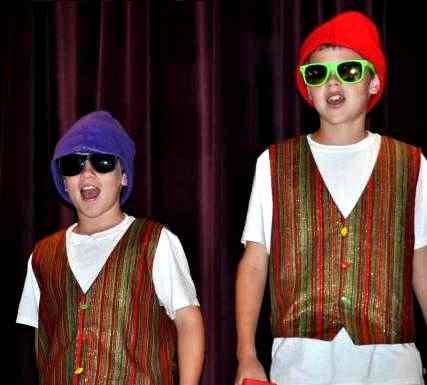
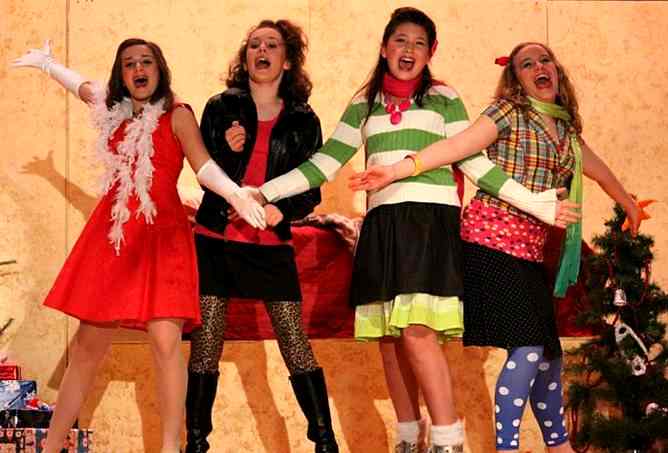
ArtReach's
Snow White & A
Christmas Cinderella Gellett
Elementary, Sarasota FL
When you purchase your School
Play Package you have the rights to make any changes and adapt the
script to make it perfect for your special performance. Terry
Overfelt produced a contemporary version of ArtReach’s School
Play with High school students at Rock Bridge High School (MO).
She had this to say:
"Peter
Pan was wonderful! WE HAD SO MUCH FUN! Your giving us
permission to adapt the script was liberating and inspiring!"
Terry Overfelt, Rock Bridge
High School MO
Liberating and inspiring?
Now that’s what we like to hear!
Adapting
the Script for Your Kids
Adapting the
ArtReach Script for a Large Cast of Students
Oh, no! Everyone Wants
to Be in the Play!
We hear it everyday:
"Last year we had 20 kids in the cast and this year 50 kids
showed up wanting to try out!” First of all
congratulations – last year’s show was such a hit everyone
wants in on the act!
But, what do you
do? Should you hold auditions and give the parts to the best
actors, the ones that show real talent? Or should you pack the
stage with every child that wants to be there? Here’s a
picture and quote from one of or ArtReach fans:
"If
you want to involve every child you can easily do it!"
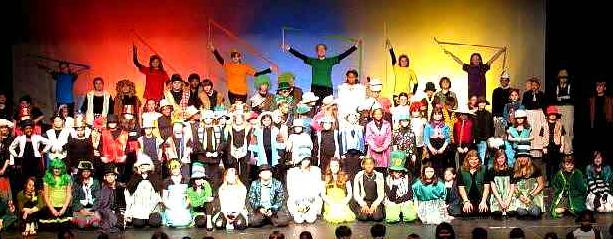
ArtReach's
Wizard of Oz, Columbia
Children's Theatre, MD
"Don't
know if it's a record or not... but Columbia Children's Theatre is
presenting ArtReach’s The Wizard of Oz with 156 children!"
Jerry Stevenson, Columbia
Children's Theatre, SC
Check out lots of large cast
ideas here: ArtReach’s
Wizard of Oz.
When you purchase
ArtReach’s School Play Package you have the rights to make any
changes to the script in order to make it a perfect fit for your
kids. If you want to involve every child you can easily do
it! Each script gives you suggestions for adding more
parts. Think herds of Munchkins, Lost Boys, Mermaids, Pirates,
Mice – you get the idea.
But don’t forget that
each School Play has been carefully crafted to give each cast member
his or her own special moment in the spotlight. So we suggest
you give each new added character a name and a bit of action and/or
at least one line. This doesn’t have to be much, mind
you. Just one second in the spotlight.
"Use
your imagination noodle and create something unique."
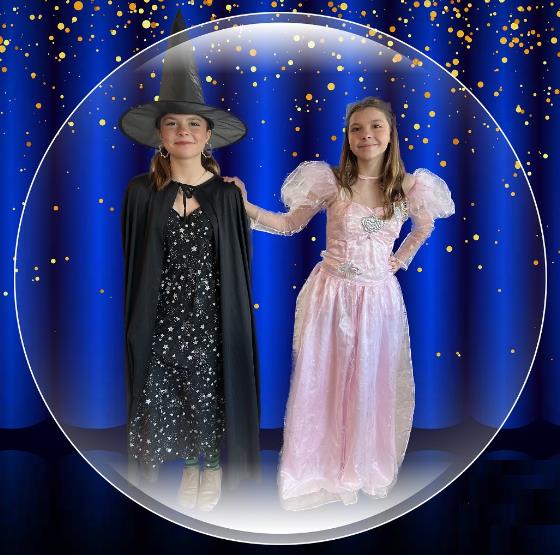
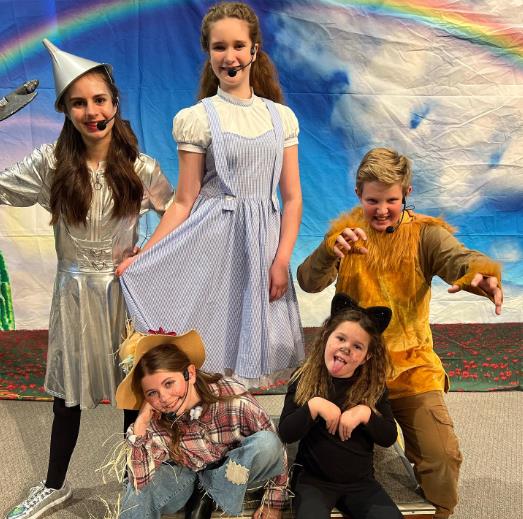
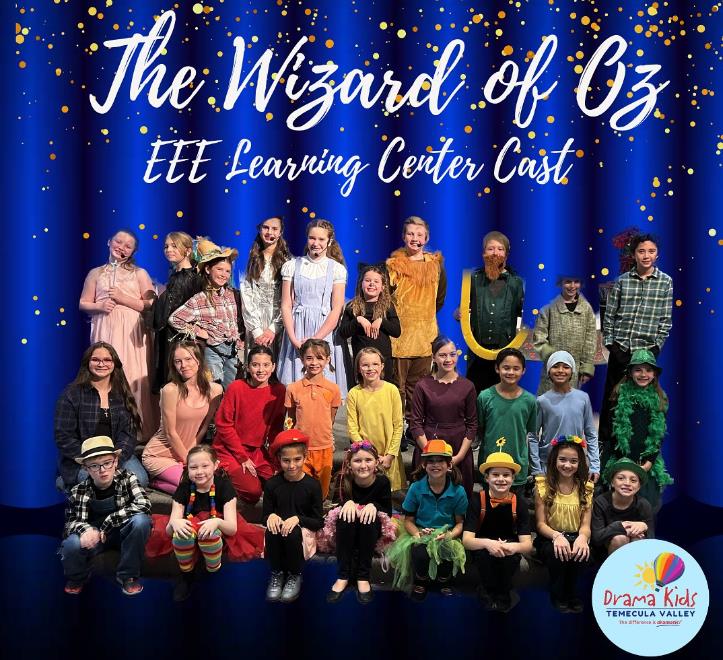
Drama Kids
Temecula Valley & Menifee, CA
Use your imagination noodle
and create something unique. For instance, in A
Snow White Christmas you might have added characters actually
become the snow and dance, as the Snowflakes sing. The naughty
Boys & Girls in the Land of Toys in Pinocchio
might have a moment of mischief, playing a game of catch and annoying
Pinocchio with their ball. The added Mice in Cinderella
may play a quick and funny game of hide and seek with
Cinderella. You get the point – don’t just add
characters that stand around – add something unique and fun to
the story, making sure everyone in the cast feels that they are fully
a part of their School’s special performance.
Have you thought of a unique
way to add characters to ArtReach’s School Plays? By all
means, let us know and we’ll pass your ideas along!
How
to Read A Play
From Drama for
Reading and Performance, Perfection Learning Collection One
Photos of Roach Middle School
Production of A
Thousand Cranes, Frisco, TX
Reading a play is different
from reading other kinds of literature because a play is different
from other kinds of literature. Short stories, poems, novels, and so
on are all complete on the printed page. But a printed play-also
called a script-is not complete. It becomes complete when it is
performed by actors for an audience. The play is what happens on the
stage or screen. Because of this, you-as reader-must bring a little
more of yourself to reading a play. Of course you will bring your
imagination, as you do to reading short stories and novels. And you
will also make an effort to visualize the characters and actions, and
to imagine their thoughts and emotions. What else can you do to help
make your reading more complete and satisfying? Here are some tips.
Read
the stage directions. (They are often in parentheses
and printed in italic type, like this.) Stage directions are not
meant for an audience; they are messages from the playwright to the
people who stage the play. They may tell the actors when and where to
move, what emotions to express, what props (handheld objects, such as
a newspaper or a coffee cup) to pick up and what to do with them.
They may tell the director where to position the actors or what the
overall mood of a scene should be. They may tell the designers what
the set looks like, what costumes the actors should wear, what music
or sounds are heard, or what time of day the lighting should suggest.
Stage directions are usually not read aloud, even when the actors
rehearse a show.
"You
must bring a little more of yourself to reading a play."

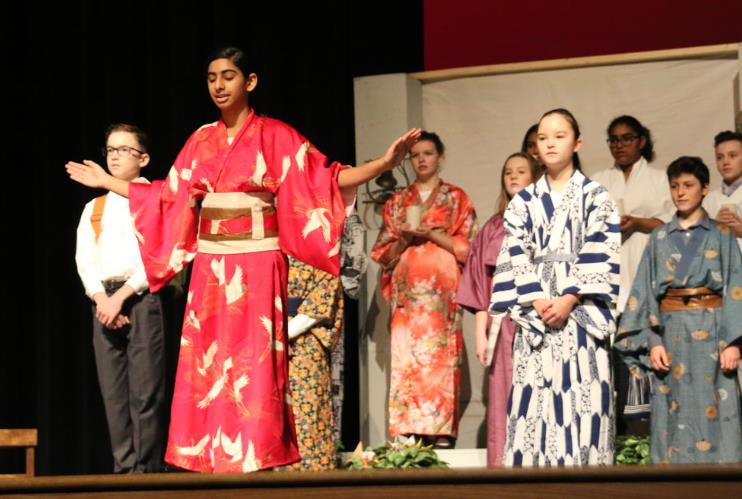
A
Thousand Cranes, Roach Middle School, Frisco TX
Understand
the stage areas. Stage directions often include
abbreviations like R for right or L for left. (These mean the actors'
right or left sides as they face the audience.) Other abbreviations
are U for upstage or D for downstage or C for center. (Downstage
means toward the audience; up and down are terms left over from the
days when stages actually slanted.)
Pay
attention to the characters' names. They tell who says
what speeches. Read the speeches aloud. They are, after all,
meant to be heard. Read with as much feeling as you can, to get the
most out of the speeches. Even if you're reading the play by
yourself, you can play all the parts, changing your voice for the
different characters. This will give you a better understanding of
the characters, who they are and what they are doing.
Look
for a subtext. This is, simply, what the characters
are thinking or feeling, and it is not always the same as what they
are saying. For example, a character may say, "Of course I'll
take my little sister to the movie, Dad," but actually be
thinking, "How can you do this to me? What will my friends
think?" Theatre Conventions A convention is an accepted way of
doing things. The more plays you see on stage, the better you will
understand the conventions, the things that make a play a play. Here
are some common conventions. Narrator Sometimes an actor will speak
directly to the audience, to explain who the characters are or what
is happening. Sometimes a character will speak directly to the
audience and then go back to speaking to the other characters. When
they do, they serve the function that a narrator serves in short
stories or novels. The "Fourth Wall" In realistic plays,
the actors may behave as if the audience simply isn't there. It's as
if the audience is eavesdropping on the action through an invisible
"fourth wall" of a room, whether the set is actually an
enclosed room or not. Dramatic Time The time an action is supposed to
take onstage isn't necessarily the time that same action would take
in real life. For example, actors may take seven minutes to eat a
meal that they would spend twenty-five minutes on in reality. Just
accept what the play tells you about how much time has elapsed.
"Seeing
a play performed live onstage can be a truly thrilling experience."
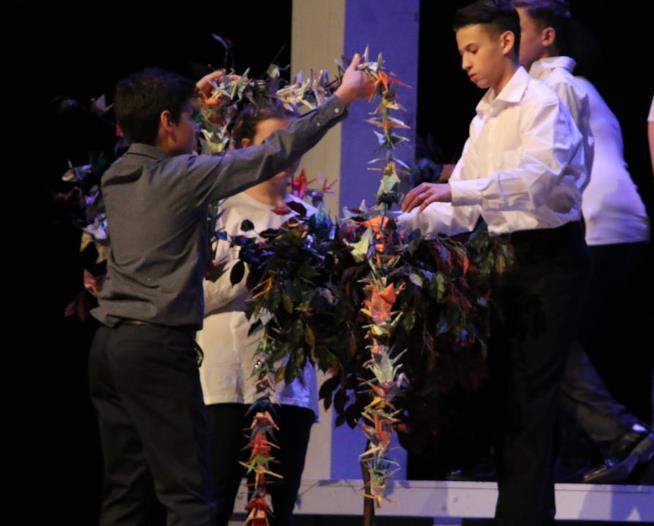
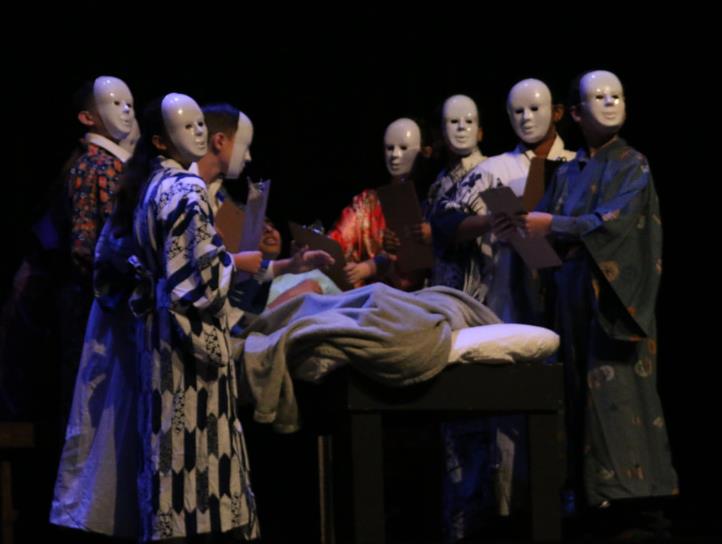

A
Thousand Cranes, Roach Middle School, Frisco TX
Lapses
of Time. If you go to the movies, you're probably
familiar with the convention that several minutes or days or even
years elapse from one scene to another. It's the same with plays-a
curtain or change of lighting may suggest that any amount of time has
passed. When you read a play, the stage directions will usually
specify what is happening. The World Offstage Actors are trained to
keep in mind, when they enter or exit, just where it is they're
supposed to be coming from or going to. This helps them create their
characters more realistically. When you're reading a play, try to
imagine the lives the characters are leading when they're not
onstage. This will help you understand the characters and their
subtexts better, and will give you a better understanding of the play
as a whole.
Sharing
the Experience. Seeing a play performed live onstage
can be a truly thrilling experience. As a reader, you can share some
of that thrill if you read attentively, with imagination, and if you
try actively to enter into the world of the characters and of the
play. In this book are many different kinds of plays in different
styles from playwrights all over the world. Enjoy them.
Directing Tips
Page 2: < Prev | 1
| 2 | 3
| 4
| 5
| 6 | 7
| 8 | 9
| Next >
All
Free Resources
